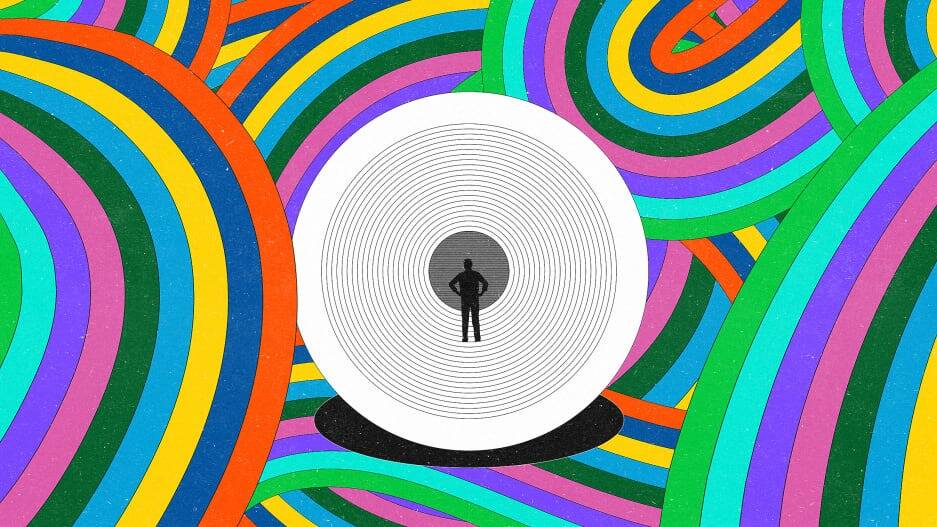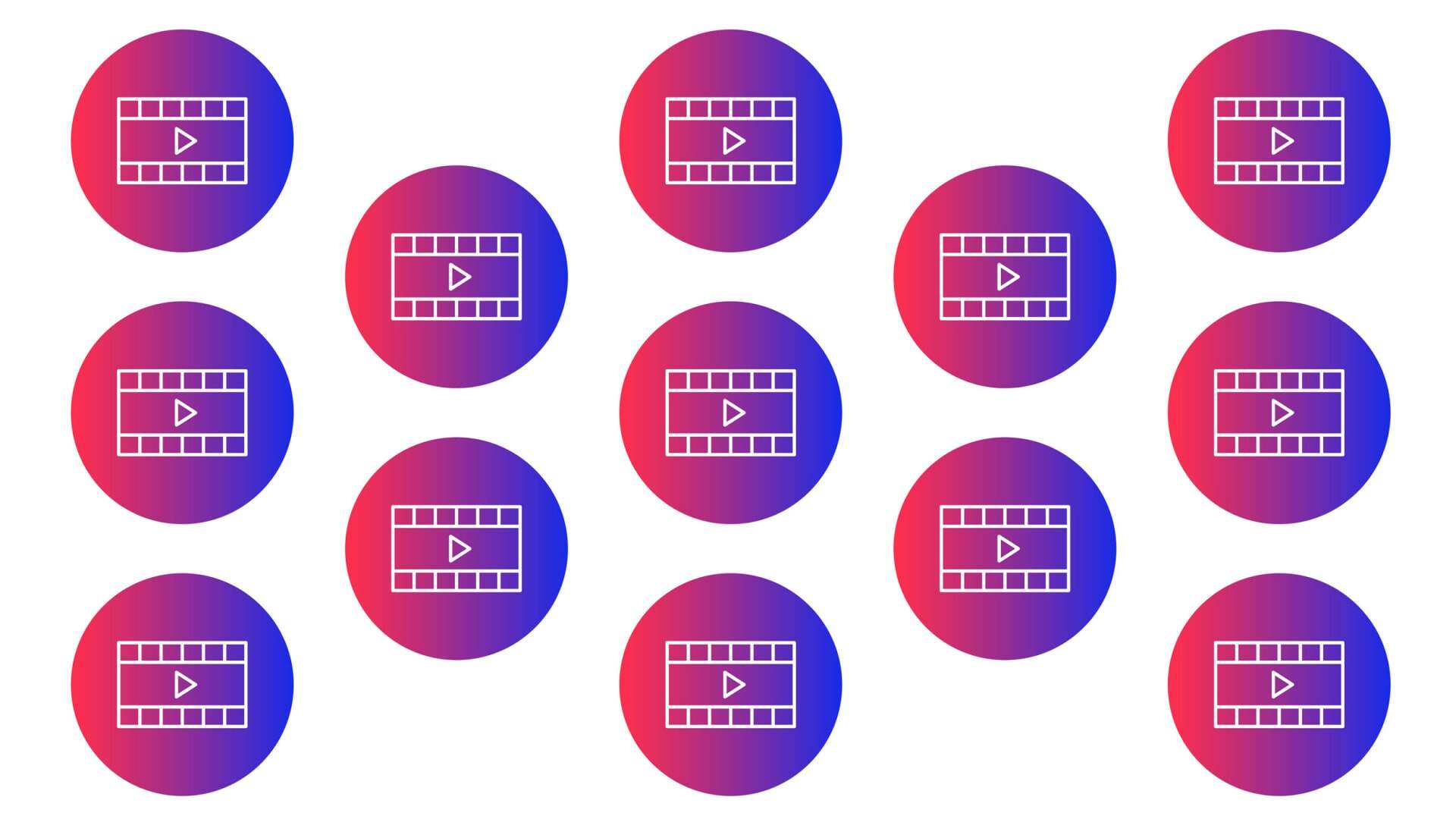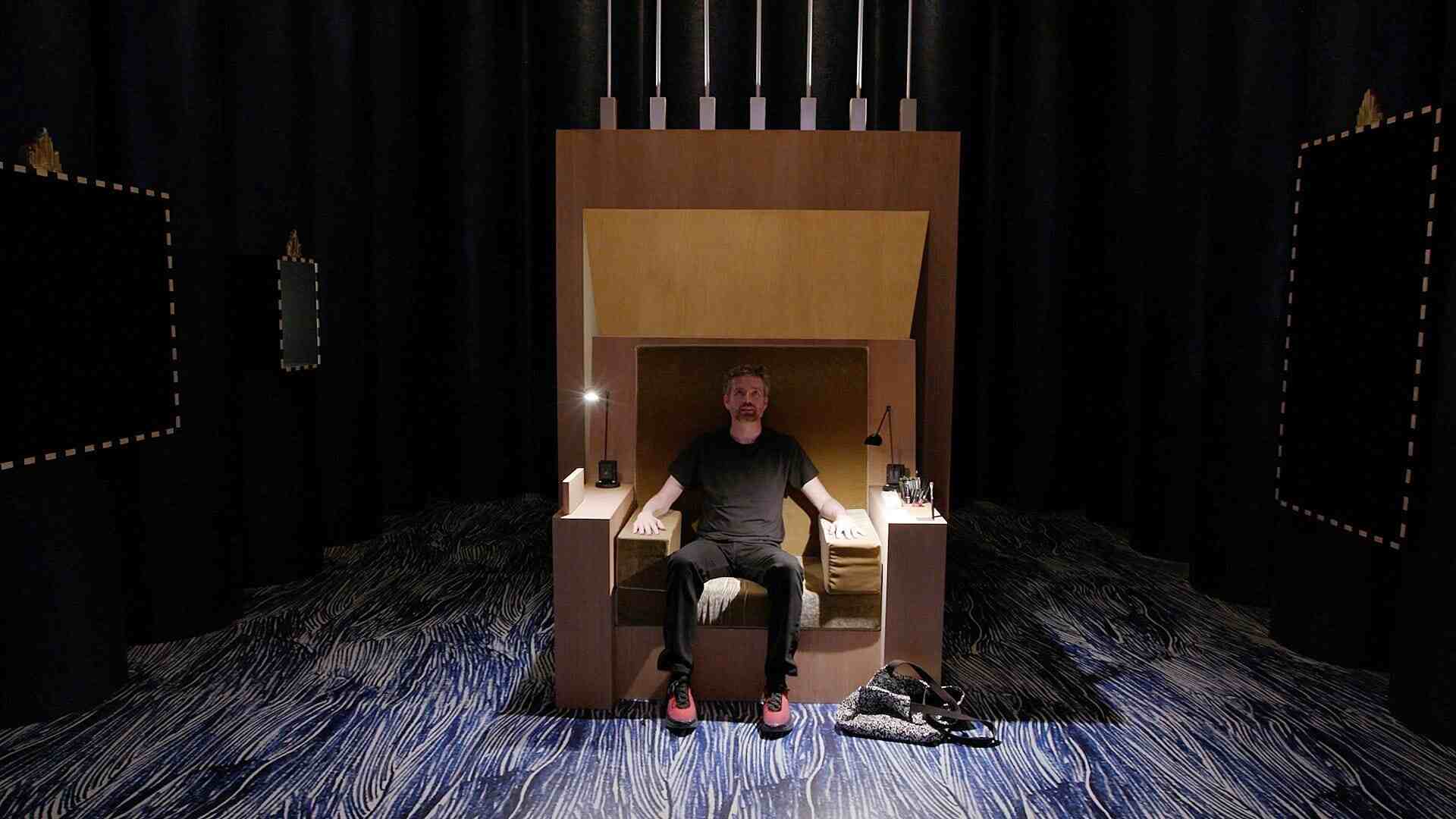- | 12:30 pm
UX designers are suffering from a failure of imagination
Cultivating an ethic of imagination can help designers build a more just and empathetic world.

There is a profound failure of imagination within the design industry.
In her work on racism in technology, sociologist Ruha Benjamin notes how as technologists we both use our imaginations as well as construct the imaginary that others must live in. The way we interpret and present the realities of our users determines how equitably they can navigate the world around them. When we see news story after news story cataloging the devastating impact of the designs we create, this is a reflection of the borders of our imagination. Who our products exploit, police, and discriminate against is rooted in who we imagine as “good.”
But I want to talk about a more insidious failure of imagination. Because despite all the activist reading lists we’ve consumed and the design justice training sessions we’ve attended, I still see a deep discomfort with recognizing our own power to break free of the realities we’ve constructed. As designers, we’ve stopped being creative in how we think about the way our everyday work can be a site of resistance. From the methods we use to the copy we write, there are always opportunities to challenge the status quo, but we stop ourselves from exercising that inherent power. We allow ourselves to be consumed by the privilege of despair.
Now, I’m under no illusion of the nature of my work. As a researcher and equity design consultant, I’m not an activist, and I’m not an organizer. And although I’ve done work with refugees, youth in foster care, and other historically marginalized groups, I do not believe you can codesign your way to justice. Certain institutions and design ideas are fundamentally oppressive, and the only way to achieve radical transformation at scale is with collective action and policy change.
So how do we reconcile having the desire and responsibility of designing a better society while working within the constraints of our current workplace? The answer lies in cultivating what I call an ethic of imagination.
HOW IMAGINATION FAILS US FROM THE START
At its root, an ethic of imagination is simply the curiosity of what is and what could be. But more importantly, it’s the unshakable belief that alternatives exist, no matter how impossible or futile change feels. To quote scholar-activist Angela Davis: “You have to act as if it were possible to radically transform the world.” Imagination is not a splashy poster of a sci-fi movie but a daily act of resistance we must engage in despite how tired we might be.
It is hard and it is oftentimes thankless.
Within UX, this ethic can take on many forms. I was recently inspired by anthropologist Carole McGranahan when she wrote, “To theorize is to make an argument, to make sense of the world, to name and create. It is to stake a claim in and about the world. This can be an ethical [emphasis mine] act.” As a design researcher, what I appreciate about this quote is that it situates us in a position of control. How I frame design projects to participants, the amount of data I collect, the type of user stories I curate—all of these are sites of imagination. And when we think of these seemingly small research and design decisions as opportunities to advance visions of the world we desire, suddenly we can find ways to design for inclusion, equity, and perhaps even justice.
I recently asked a few colleagues across a range of industries how they exercised an ethic of imagination in their work. Here are just a few examples of what they shared.
REPURPOSING INTERNAL USER RESEARCH SESSIONS
One of the difficulties of user research is getting stakeholder buy-in for design decisions that do not appear to immediately benefit the company’s bottom line. But what if instead of designers advocating for users they activated for users’ desire to advocate for themselves? One of the ways we can achieve this transformation is by choosing our research methods strategically.
For example, when we do internal user research—meaning our participants are also employees of the organization we work for—we often default to individual interviews to collect data. This methodological choice is used to protect participants’ privacy, but it also limits their awareness of how systemic their pain points are. The challenges they face aren’t necessarily due to individual needs or failures but instead are a result of shared working conditions that should be changed.
If we use focus groups and other group-based methods, we can more easily agitate participant awareness about how their current internal tools have negative effects on worker well-being—and we can connect those workers to each other. This shift in methodology opens up a space of possibility that did not exist before and can encourage workers to organize and advocate for the redesign of their employee experience.
DESIGNING PROTOCOL GUIDES FOR FRONTLINE WORKERS
When designing for systems as entrenched and complex as government, it can be overwhelming to try to identify points of intervention. While there has been a push to integrate design thinking into policy design, many civic tech designers have to find work-arounds if they wish to counteract inequity on the ground. In domains with a long history of interpersonal and institutionalized discrimination against certain communities, designers can mitigate policy impact by targeting the most adaptable element of government systems: the people.
In the case of voting, where the design of voter registry databases can be biased against voters with non-English names, civic designers have developed guides and training to help election volunteers counteract the encoded bias of their mandated tools. Although designers can’t always redesign databases, they can design the content strategy to ensure volunteers are made aware of all the ways they can prevent certain groups from being disproportionately turned away at the polls.
ADDING FRICTION TO PRODUCTS THAT HAVE A HISTORY OF USER ABUSE
As designers, we can’t control the harmful behavior of our users toward other users. Because of this, more and more design teams are integrating safety features to help users who are the victims of online abuse and harassment remove themselves from harmful interactions. However, the issue with this type of design intervention is that it puts the onus of safety on the victim. When we focus our research and designs only on the victims of harm—not the perpetrators—we don’t capture how certain features in our products and services enable harmful behavior. This is where designers can add friction to their products.
Project management software can enable bots that screen for, stop, and report harmful language in a message between two employees. Community watch tools can schedule pop-ups that prompt users reporting “suspicious behavior” to add more detail around what makes the behavior suspicious. Video call platforms can give users flexibility to enable stricter sign-in requirements to prevent “Zoom bombing.”
These examples demonstrate how through creativity and imagination design professionals can challenge the various forms of harm within their products in indirect ways. The methods we choose, the type of supplementary training material we develop, and the targeted moments where we manipulate the usability of our products are all ways we can step into the power of our design roles and push our work to be safer and more equitable. Although these strategies don’t disrupt policy or business models at the societal level, they nevertheless provide relief to our most vulnerable and impacted users.






































